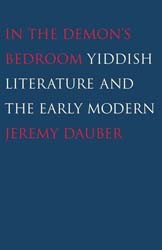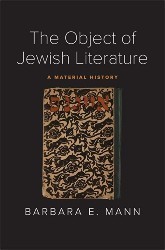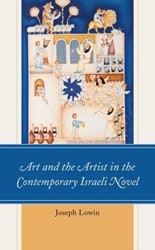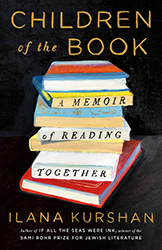William of Norwich was a twelve-year-old tanner’s apprentice in East Anglia in England, whose 1144 disappearance and apparent murder is the first recorded case in medieval times of ritual murder committed by Jews on Christian children. As such, it has a primary place in the history of European antisemitism — something that we must acknowledge is still with us, and still haunts us.
The story was first recounted by Thomas of Monmouth, a Benedictine monk at Norwich Cathedral, in several volumes starting only a few years after William’s death. Already citing the “miracles” attributed to William’s name — in particular the curing of a sick child, Agnes of Crombe — Thomas of Monmouth writes that, according to Theobald of Cambridge, a monk and “former Jew,” the murder was a yearly sacrifice ordered by a renegade Jewish messiah from Narbone in France, and dictated by the “ancient writings of his fathers.” From this account grew an increasingly elaborate concoction of conspiracies, cabals, and blood libels.
Blurton notes that because most of the previous historical research around the incident has focused on the sociopolitical context, she is wont to look more closely at the text itself, examining the developing literary conventions that shaped the very nature and articulation of medieval antisemitism. She places Thomas of Monmouth’s account at an intersection, what she terms a set of intertexts, of an emergence of Anglo-Latin hagiographies, history writing, devotional texts, and “fictionality as articulated in medieval rhetorical treatises and exemplified in vernacular romance.” This thesis is reflected in the literary works of the late – twelfth century, such as Gerald of Wales’s “On the Education of a Prince,” Aelred of Rieveaulx’s “On the Soul” and “The Life of Edward the Confessor,” the anonymously written “Nibelungenlied,” and the romances of Chretien de Troyes.
Blurton’s analysis is influenced by Michel de Certeau and Roland Barthes, in that she sees writing itself as an exercise in hegemony — the victors really do write the histories. But she adds that, while these texts purport to be straightforward accounts, the genre itself does not aspire to historical accuracy.
Although it may at first seem that Blurton’s research is in an obscure corner of literary history, of interest only to a few like-minded scholars, the author shows us that the representation of events deserves our attention — especially in a time of intolerance, division, calumny, and alternative facts. We, too, must consider the “history of antisemitism and … the power of literary cultures in shaping our lived reality.”





